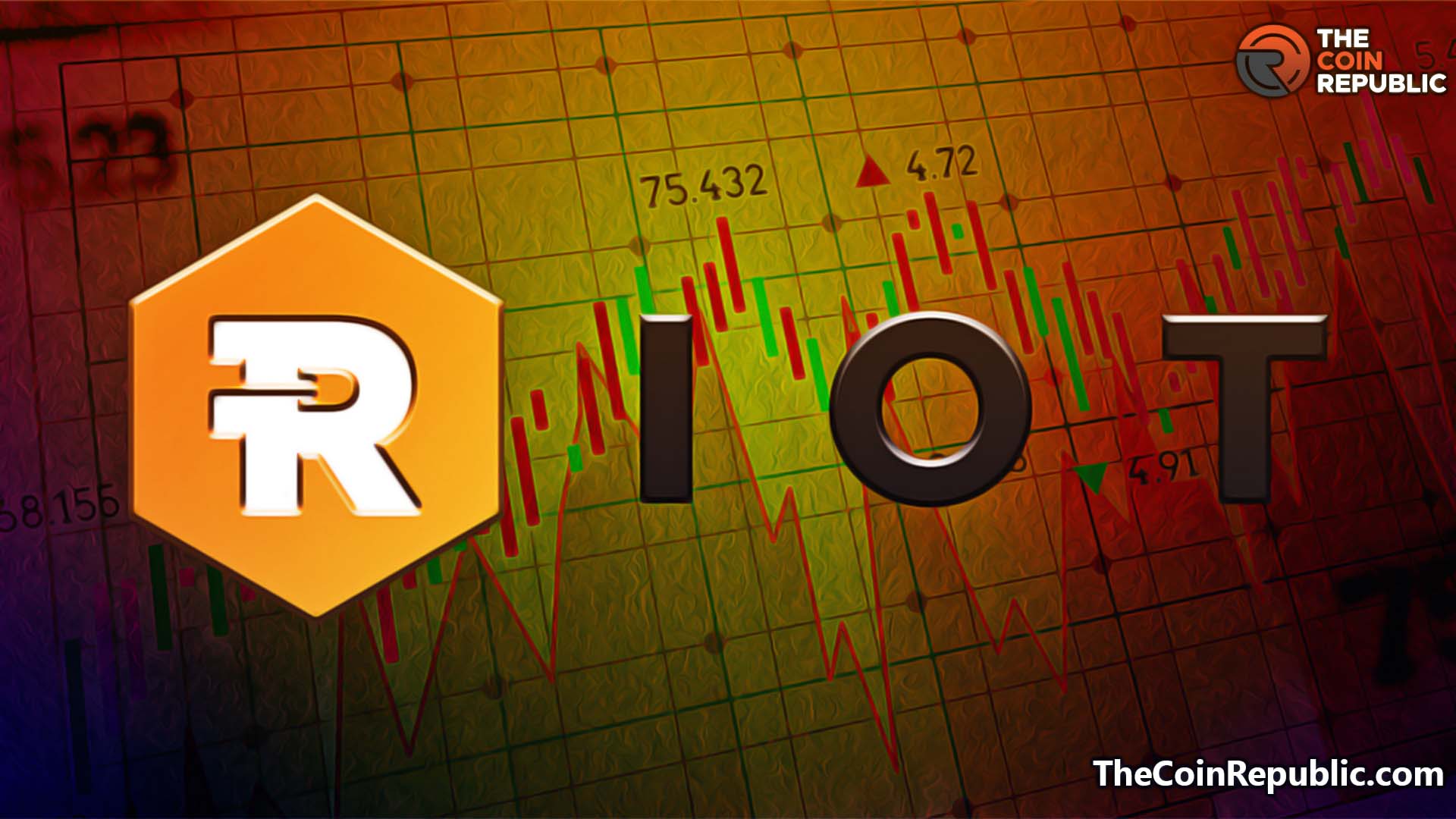How fintech has changed the way we pay
The modern world is undergoing a technological revolution, and payments are no exception. Innovations in financial technology – better known as FinTech, are streamlining archaic processes and systems. Digital technology has and is constantly changing payments, lending, insurance, banking and more, which the COVID-19 pandemic has accelerated, helping people with their digital banking, financial and payment services needs.
The shift from the traditional banking system to online banking was a major change in how people pay for goods and services. Some of the driving factors behind this transformation include increased access to information through online banking and mobile apps, reduced costs associated with processing transactions and improved security measures. And the entire banking system has come to people’s fingertips through payment options like UPI, debit cards, digital wallets and other methods so that people don’t have to worry about their money being stolen, lost or misplaced.
Wide use of UPI payments
According to the Prime Time For Real-Time report, India had the largest number of real-time transactions, around 48.6 billion in 2021. UPI has made real-time payment processes simple and convenient by allowing users to make payments through smartphones or other devices. UPI payments have greatly benefited healthcare, education and businesses.
Another growing factor is the incentive-centric demand generation model that has enabled UPI market players to provide cashback and rewards to customers. These strategies have helped to attract and increase customer loyalty.
Emergence of AePS (Aadhaar Enabled Payment System)/ Aadhaar ATM
AePS (Aadhaar Enabled Payment System), developed by the National Payments Corporation of India (NPCI), allows people to perform financial transactions like withdrawing cash from their bank accounts, generating a mini statement and making a balance inquiry using only Aadhaar. It has enabled much easier and safer payment processes through mobile and online banking with Aadhaar.
The service is interoperable, meaning any customer with an Aadhaar can use any AePS service provider to shop.
This system has helped financial inclusion by providing access to banking services in rural and remote areas. As of January 2022, there were more than 40 crore last-mile banking transactions every month across 50 lakhs Aadhaar ATMs, according to the statistics shared during the India Digital Summit 2022.
Simple QR code payment
The use of QR (Quick Response) code payments has also seen an increase in recent years. QR code payments have grown in popularity, especially among small businesses. Major QR code based payment platforms in India include Google Pay, PhonePe and Paytm which bring more flexibility and reliability to the payments world.
One of the main reasons for the growing popularity of QR code payments is their ease of use. There is no need for a physical POS machine or a card reader. All you need is a smartphone and the QR code. Small and local merchants have adopted QR code payments due to lower costs, fewer chances of fraud and the ability to track sales and customers. For customers, the biggest benefit is convenience. They can make payments without carrying cash or cards.
Pay with link
A payment link or pay with link enables buyers to make online payments without sharing their card details with others. This is done by generating a unique link for each customer that can be used to make a payment. Pay via link has proven to be a boon for allowing users to pay someone sitting far away from them.
Some of the popular pay-by-link providers in India are PhonePe, Paytm, Razorpay, PayU and Amazon Pay. The customer only has to click on the link to make the payment. This method is secure as the customer’s card details are not shared with the merchant. It is also convenient as it eliminates the need for a POS machine.
The bottom line
The way you pay for goods and services is changing as the world becomes more digital. Financial technology makes it easier and more practical to carry out transactions. Many market players are working with new technology to make payments safer, faster and more accessible.
The government’s push for a cashless economy is helping to promote the use of digital payments. The introduction of these technologies will help improve the efficiency of today’s financial systems. The aim is to make India a society with less money and promote financial inclusion. This shift is likely to continue in the coming years, with even more innovative solutions being introduced.
Disclaimer
The views above are the author’s own.
END OF ARTICLE


